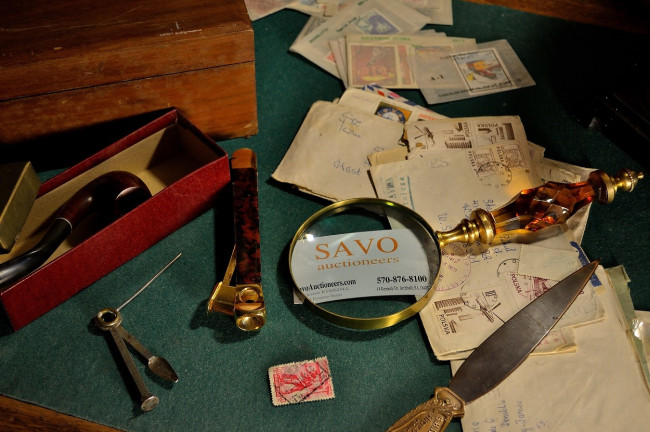BEHIND THE BLOCK: Reading the forgotten letters of ordinary people

The personal correspondence of America’s legendary figures has been exhibited in museums, published in books, and sold at auction to eager collectors. Such letters not only give us intimate insights into those who shaped our nation and culture, they also prove that even the legendary were ordinary people.
As an auctioneer, I often find the personal correspondence of America’s ordinary people filed away in a shoebox in the corner of an attic, dusty and forgotten. These everyday letters that I find lingering in estates are from soldiers and sailors, sons and daughters, mothers and fathers, husbands and wives. They are letters of love and loss, of triumph and dismay, of victory and defeat. These ordinary letters were written by the ordinary people who fought for and worked to live the American dream. By virtue of their own pursuit of life, liberty, and happiness, they influenced our history in the most subtle but most important ways.
Yes, it’s important to know what motivated General Patton, but it’s just as important to know what motivated the soldier who took his orders. Yes, it’s important to know the ideas of Henry Ford while he was building his automobile empire, but it’s just as important to know the ideas of the high school dropout who bought a panel truck when he started his own business. Yes, it’s important to know what inspired Ernest Hemingway to write his novels, but it’s just as important to know how his readers were inspired by them. Yes, it’s important to know what Steve Jobs and Steve Wozniak thought when they built the first Apple computers, but it’s just as important to know the thoughts of the first Apple users. Such perspectives are found in the ordinary letters of ordinary people.
And while I assign such significance to these ordinary letters, the facts of their fate are melancholy. Since their closing signatures lack any celebrity, they are doomed to an inauspicious end. For when I find them in that dusty and forgotten shoebox in the corner of an attic, I take them back to my auction gallery where they get placed among whatever other boxlots may have come from that estate. They sell for $10, maybe $15. The buyer takes them home and reads those ordinary letters from ordinary people one more time before they are put back into their shoebox, shoved into a new corner, and forgotten one more time.
Photo courtesy of Carlo Savo; photographed for Savo Auctioneers, LLC


